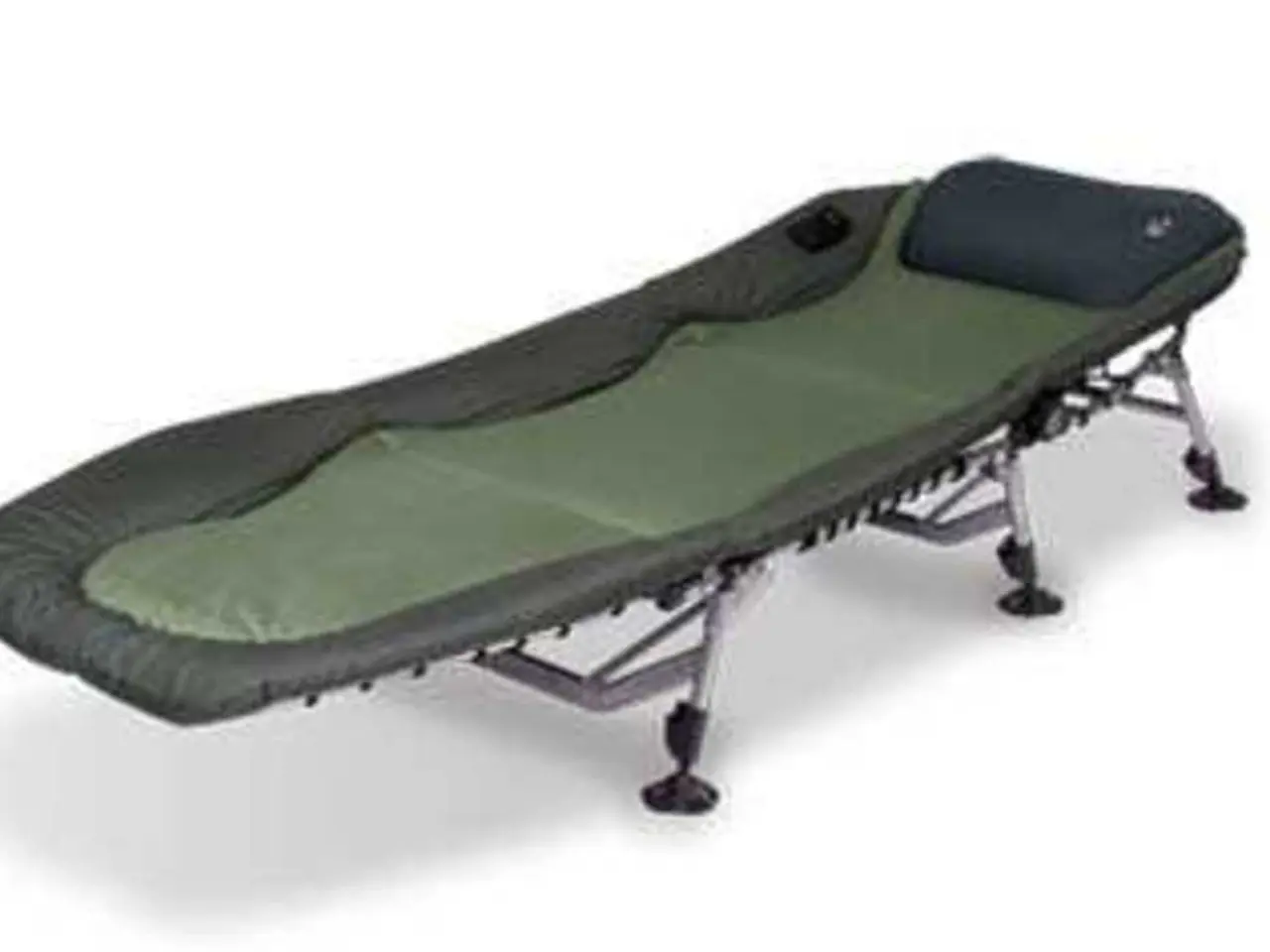Experienced persistent hip discomfort with each run? Discover six exercise recommendations from physical therapists designed to help alleviate your hip pain.
In an effort to alleviate hip pain and improve running mechanics, a person sought advice from Laura Wilson, co-founder of The Swiss Touch Physiotherapy. After a 12-week regimen of targeted exercises, the individual was able to return to running pain-free. Here are six effective exercises to improve glute strength and hip control, as recommended by Laura Wilson:
- Single-Leg Deadlift
- Strengthens the glutes and hamstrings while challenging balance and stability, critical for a controlled running stride.
- To perform: Stand on one leg, hinge forward from the hips keeping your back flat, and lift the other leg straight behind you. Slowly return to standing. Maintain control throughout.
- Glute Bridge (including Elevated Glute Bridge March)
- Activates and strengthens glutes, stabilizes pelvis, reducing pressure on sensitive areas like the piriformis that can cause hip pain.
- To perform: Lie on your back with knees bent and feet flat. Press through your heels, lift hips to create a straight line from knees to shoulders, squeeze glutes at the top, then lower slowly. For the elevated version, place feet on a low bench and alternate lifting knees toward your chest while maintaining the bridge.
- Single-Leg Squat to Stand
- Builds glute strength and hip stability while improving single-leg balance and control, essential for running mechanics.
- To perform: Stand on one leg, squat down while keeping the other leg extended forward, then return to standing. Use different surface heights to progress or regress the difficulty.
- Side Plank with Knee Drive / Side Plank Leg Lifts
- Strongly activates the glute medius, which is crucial for hip stability during running and preventing compensations that cause pain.
- To perform: From a side plank position, keep hips perpendicular and stable without sagging. Slowly lift and lower the top leg or drive the knee toward your chest. Progress from a basic side plank to these dynamic movements as strength improves.
- Banded Air Squat
- Promotes hip and glute activation, improves squat mechanics by forcing the knees to stay aligned, protecting the hips and knees.
- To perform: Place a resistance band above your knees. Squat down slowly, pushing your knees outward against the band. Keep your back flat and chest up, repeat for 8–10 reps.
- Side-Lying Hip Abduction with Slight Internal Rotation
- Targets the glute medius and piriformis muscles which help control the hip externally and stabilize the pelvis during running.
- To perform: Lie on your side with the bottom leg bent and the top leg straight. Rotate the top leg slightly inward (toes pointing down) and lift it towards the ceiling. Perform 2–3 sets of 12–15 reps per side. Keep your back against a wall if you experience low back strain.
Additional tips: - Engage your core during these exercises to enhance hip control and pelvic stability. - Consistency in performing these exercises several times per week will build strength and motor control that translates into better running form and less hip pain. - Start with modified or easier versions of exercises if needed (e.g., regular glute bridges before elevated) and progress as your control improves.
These exercises together promote stronger, more stable hips and glutes, directly addressing common causes of running-related hip pain by improving muscle activation patterns, balance, and stride mechanics. Other exercises like the "Tabletop alternate leg lowering" and the "Single-leg bridge" were also included in the regimen to practice hip extension and maintain lateral stability across the pelvis.
- Incorporating yoga, a mind-body practice, can augment the health-and-wellness benefits of these fitness-and-exercise routines and sports-related activities, helping to prevent injuries and enhance performance.
- To further maximize glute and hip strength, sports analysts recommend incorporating single-leg sports drills, such as jump lunges, skaters, or single-leg bounding, to simulate the complex demands of running and improve single-leg power.
- A balanced approach to health-and-wellness, including yoga, science-backed exercises like those discussed, and sports-analysis, sets the foundation for a pain-free, long-term running career and overall fitness enhancement.




